When your phone system goes down during a storm, power outage, or cyberattack, your business doesn’t pause. Customers keep calling. Orders keep coming. And if no one answers, they walk away - for good. According to Dialpad’s 2023 study, 68% of customers abandon a business after three failed contact attempts. For small and medium businesses (SMBs), that’s not just a lost sale - it’s a threat to survival.
Traditional phone lines, the kind plugged into walls with copper wires, are fragile. A single downed tree, flooded basement, or broken cable can knock out your entire system. But VoIP - Voice over Internet Protocol - changes that. Instead of relying on physical lines, VoIP sends your calls as data over the internet. And when set up right, it doesn’t just survive disasters - it keeps your business talking.
Why VoIP Is the Only Real Option for SMB Disaster Recovery
Most SMBs still think of phones as something you buy, install, and forget. But that mindset is outdated. A traditional PBX system costs $1,200 to $3,500 just to install, plus 20-30% more in monthly maintenance. And if the power goes out? So does your phone. No backup. No rerouting. Just silence.
Voice over IP flips that script. Hosted VoIP systems run in the cloud. Your calls travel through data centers spread across the country - not your office basement. If one center goes dark, traffic automatically shifts to another. In testing by Complete Computers during the 2023 Midwest tornado outbreak, failover happened in under 45 seconds. No one noticed. Customers kept getting through.
That’s not luck. That’s design. Modern VoIP platforms like Dialpad, RingCentral, and Total Uptime use N+1 redundancy - meaning there’s always a spare system ready to jump in. And they don’t just handle a few calls. Stress tests from VoIP Supply show these systems manage over 1,200 concurrent calls with latency under 150ms and jitter below 30ms. That’s better than most landlines ever were.
And the numbers don’t lie. Gartner reports that 78% of new SMB communication systems installed in 2024 are VoIP. Why? Because legacy phone systems simply can’t compete when it comes to resilience.
How VoIP Disaster Recovery Actually Works
It’s not magic. It’s infrastructure. Here’s what’s happening behind the scenes when disaster strikes:
- Your office loses power - but your VoIP provider’s data center in Chicago is still online.
- Your phones go dead - but your team’s smartphones, laptops, and tablets keep ringing.
- Callers dial your main number - and are automatically routed to employees working from home, a hotel, or even a coffee shop.
- Emergency calls (911) still work - because FCC-compliant providers now include RAY BAUM’S Act and Kari’s Law features that send location data with every call.
For this to work, you need three things:
- A reliable internet connection - at least 1.5 Mbps per active call. Most SMBs have this, but rural businesses should consider 4G/5G LTE backup. Complete Computers tested this during 2023 outages and found 98.7% success with cellular failover.
- Power backup - a UPS (uninterruptible power supply) that keeps your router, modem, and phones running for 4-8 hours. A Florida retailer lost everything during Hurricane Debby because they didn’t have one. As one Reddit user put it: “VoIP is only as resilient as your power infrastructure.”
- Smart call routing - rules that send calls to the right person, no matter where they are. Set up rules like: “If main office is offline, route all calls to mobile phones.” Most VoIP platforms let you do this in under 10 minutes.
And yes - your team can use their own phones. Softphones on iOS 14+ or Android 10+ work just like desk phones. No new hardware needed. That’s why 89% of SMBs using VoIP during the 2022 California wildfires kept 89% of their call volume going - even while evacuated.
Cost Savings That Add Up Fast
Let’s talk money. A traditional phone system with 10 lines might cost $45 per user per month. That’s $450 a month. VoIP? Companies like Total Uptime charge $19.99 per user. That’s $200 a month - less than half.
And the savings don’t stop there:
- No copper line fees - eliminate $150-$300/month in legacy charges.
- No long-distance fees - calls anywhere in the U.S. are flat rate.
- No on-site technicians - maintenance is handled remotely by your provider.
According to Capterra’s 2024 SMB telecom survey, businesses switch to VoIP and save $2,800 to $5,300 per year. That’s enough to cover a new laptop, a marketing campaign, or even a month of payroll.
And the entry point? Some providers offer plans as low as $14.99 per user - perfect for micro-businesses with 1-10 employees. That’s less than the cost of a single monthly landline bill.
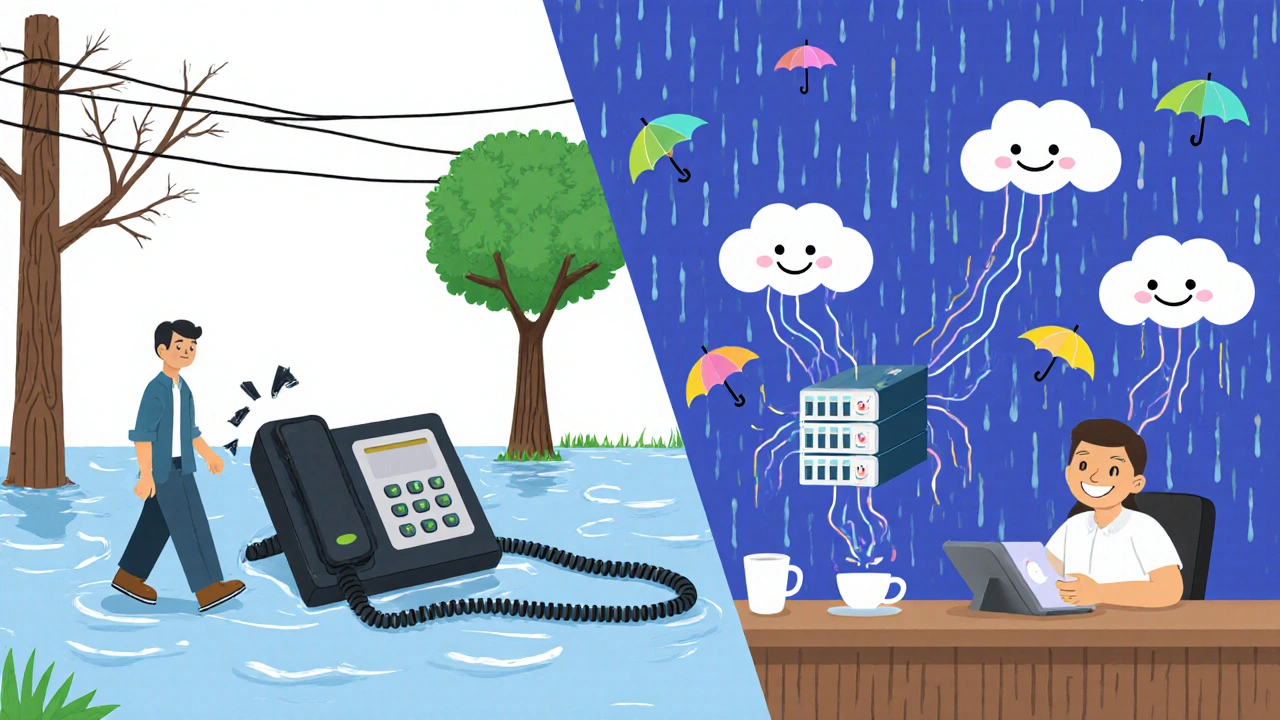
What Can Go Wrong - And How to Avoid It
VoIP isn’t bulletproof. And some SMBs have learned that the hard way.
Here are the top three failure points - and how to fix them:
1. Internet Outage
Yes, VoIP needs the internet. But a single broadband line is risky. The fix? Dual connections. Use your primary cable or fiber, and add a 4G/5G hotspot as backup. Total Uptime’s 2024 survey found that 63% of prepared SMBs already do this. Set it up once, and it runs silently in the background - until you need it.
2. Power Failure
As mentioned, if your router and phones lose power, your VoIP system dies. Don’t assume your office generator will cover everything. Buy a UPS that lasts at least 4 hours. Look for models with automatic shutdown features so your equipment doesn’t fry. This costs $150-$300 - a tiny price compared to losing a day of sales.
3. Poor Setup
18% of negative reviews on Trustpilot cite “it just didn’t work” - and most of those were due to bad configuration. QoS (Quality of Service) settings must prioritize voice traffic. If your network is flooded with video calls or downloads, your voice calls will crackle or drop. Most VoIP providers offer free setup guides or even live onboarding. Use them.
Don’t try to DIY this alone. A 12-hour training session (like the ones from Dialpad or VoIP Supply) will save you weeks of headaches.
Real Stories From Real Businesses
Here’s what it looks like when VoIP disaster recovery works - and when it doesn’t.
Success story: Sarah Jenkins, owner of a small HVAC company in Florida, lost her office to Hurricane Idalia in 2024. Her VoIP system rerouted all incoming calls to her team’s cell phones within 90 seconds. “We answered every call. Got 17 emergency service requests that day. Traditional phones? Dead. We’d have lost everything.”
Failure story: A retail store in Florida lost communications during Hurricane Debby because their VoIP system had no UPS. Their internet stayed up, but their router died. They couldn’t answer calls for 14 hours. Their Trustpilot review says: “We paid for VoIP. We didn’t pay for power.”
On Reddit’s r/sysadmin, one user summed it up: “VoIP doesn’t make you immune to disasters. It makes you ready for them.”
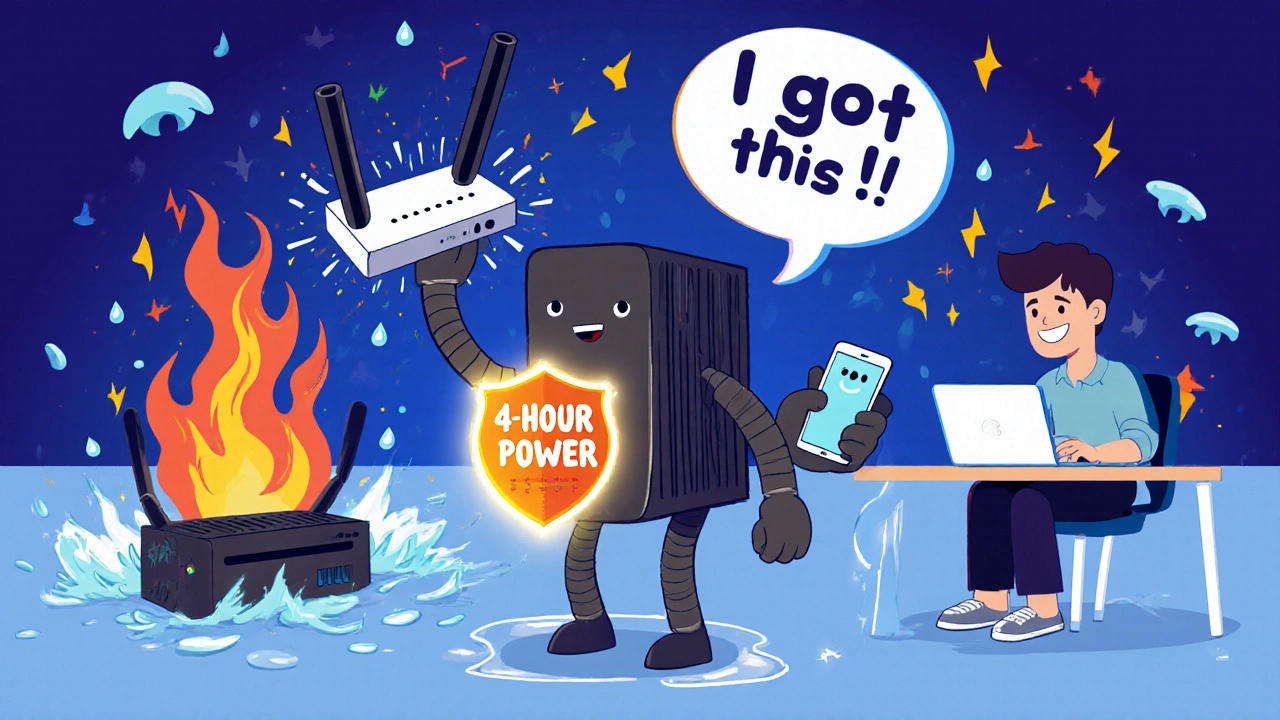
What You Need to Do Now
If you’re still using landlines or an old PBX, you’re running on borrowed time. Here’s your 5-step plan:
- Assess your risks - What’s the biggest threat to your business? Flood? Fire? Power outage? Map your communication single points of failure.
- Choose a VoIP provider - Look for ones that specialize in SMBs and offer 24/7 support. Top options: Dialpad, RingCentral, Total Uptime, Nextiva.
- Install dual internet - Primary broadband + 4G/5G backup. Test it before you need it.
- Buy a UPS - Get one that lasts 4-8 hours. Plug in your router, modem, and at least one desk phone or VoIP adapter.
- Train your team - Show them how to use the softphone app on their phone. Set up call forwarding rules. Do this in one afternoon.
Most SMBs get fully up and running in under 72 hours. And once they do, they never go back.
What’s Next for VoIP Disaster Recovery
The technology is getting smarter. In August 2024, Dialpad launched predictive routing - it watches weather forecasts and reroutes calls before a storm even hits. Beta users saw 37% less downtime.
By 2026, 82% of new VoIP systems will use 5G as a primary or backup connection. Blockchain-based call authentication is coming too - to stop fraud during emergencies.
And the trend is clear. McKinsey rates VoIP disaster recovery as “essential infrastructure.” They predict 98% of SMBs will have it within five years.
That’s not hype. That’s data. And if you want your business to survive the next disaster - not just recover from it - you need VoIP. Not tomorrow. Not next year. Now.
Is VoIP really more reliable than landlines during disasters?
Yes. Landlines rely on physical copper wires that break during storms, floods, or fires. VoIP runs on the internet and uses cloud-based data centers with automatic failover. If one server goes down, calls reroute to another - often within seconds. Studies show VoIP maintains 92.4% functionality during disasters, while landlines fail completely in 37% of cases.
Do I need new phones for VoIP disaster recovery?
No. You can use your existing smartphones with a VoIP app (iOS 14+ or Android 10+). Many SMBs skip desk phones entirely and rely on softphones. If you want physical handsets, you can buy SIP-compatible ones for under $100 each - but they’re optional. Your team can work from anywhere with internet.
How much does VoIP disaster recovery cost for a small business?
Most SMBs pay $14.99 to $25 per user per month for VoIP. That’s 50-60% less than traditional phone systems. Add a $200-$300 UPS and a 4G/5G hotspot (around $50/month), and you’re looking at $300-$500 total setup cost. You’ll save $2,800-$5,300 a year in maintenance, long-distance, and copper line fees.
Can VoIP handle emergency calls like 911?
Yes - if your provider is FCC-compliant. Since July 1, 2024, all major VoIP providers must support RAY BAUM’S Act and Kari’s Law, which ensure emergency calls include your location data. Always confirm your provider meets these standards before signing up.
What if my entire area loses internet during a disaster?
This is rare but possible. That’s why dual internet connections matter. Use a 4G/5G cellular hotspot as backup - tested at 98.7% reliability during outages. Satellite internet is another option for rural areas. The key is planning ahead. If your whole region is down, no system will work - but VoIP gives you the best shot because it’s not tied to one physical location.
Business continuity isn’t about having a fancy plan on paper. It’s about keeping your phone ringing when everything else is falling apart. VoIP doesn’t just make that possible - it makes it simple, affordable, and reliable. If you’re still waiting to act, you’re already behind.


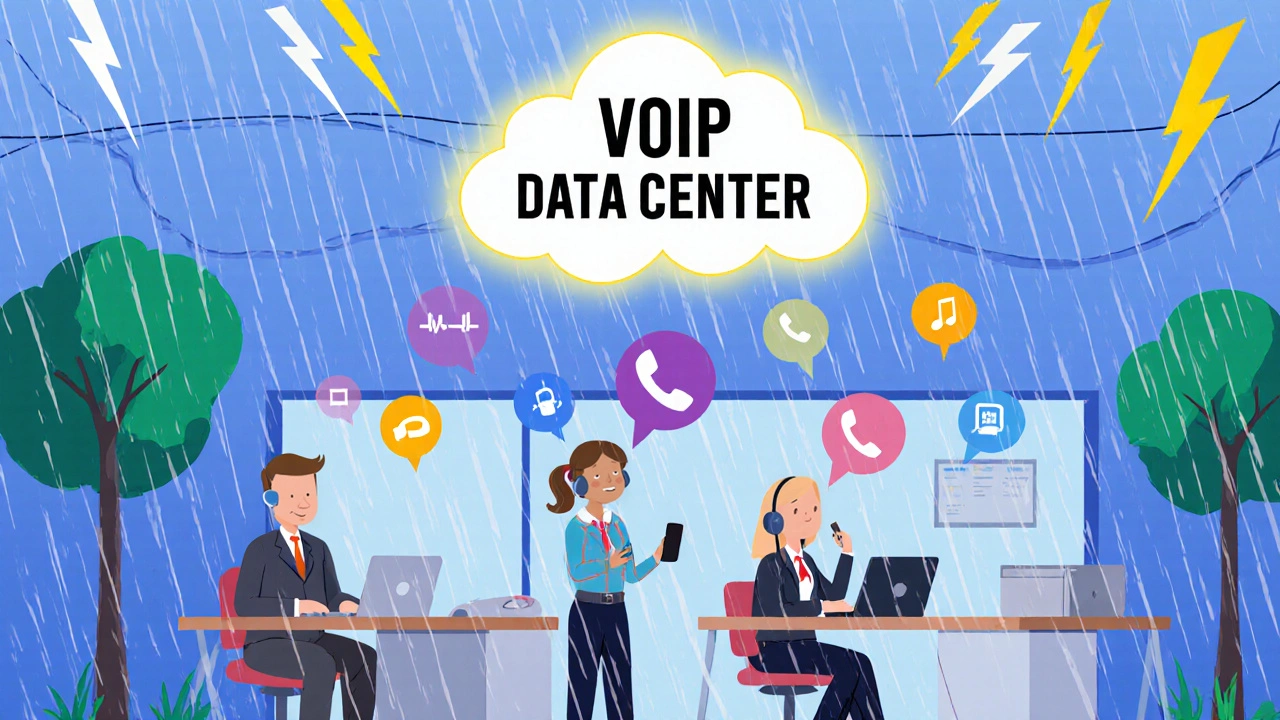
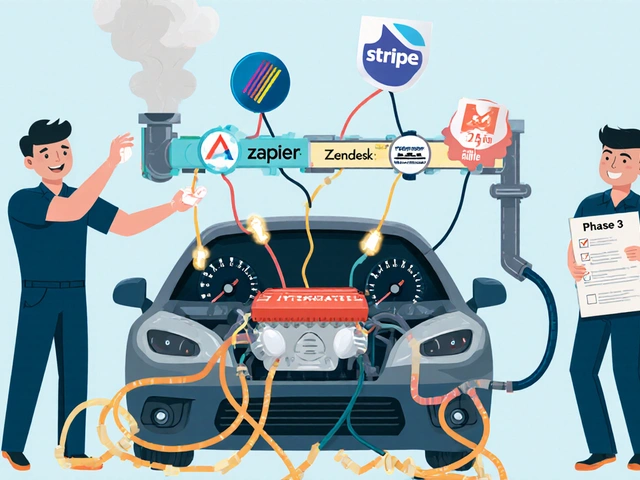
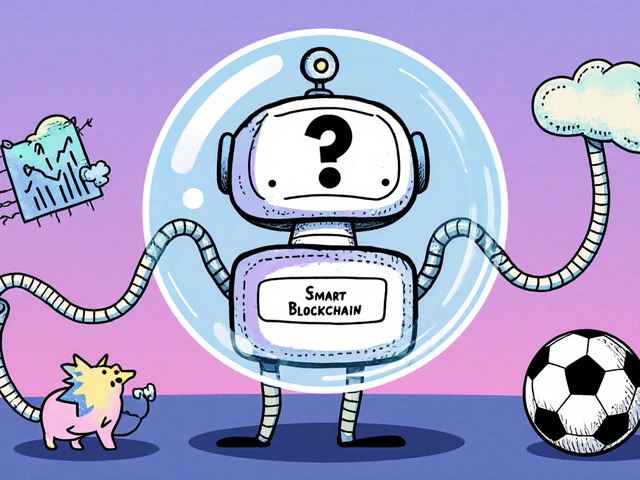


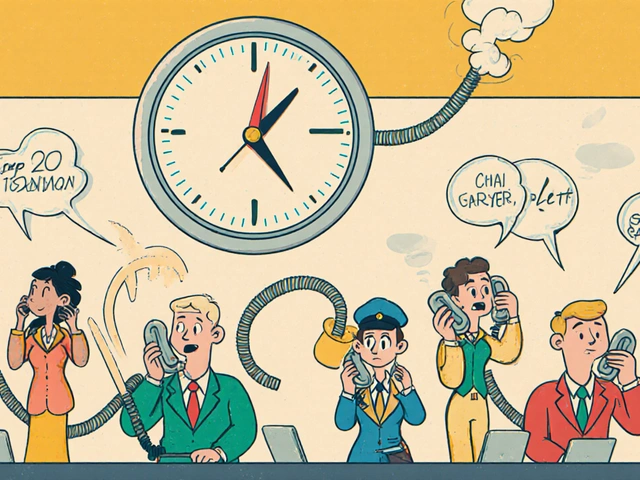

Write a comment